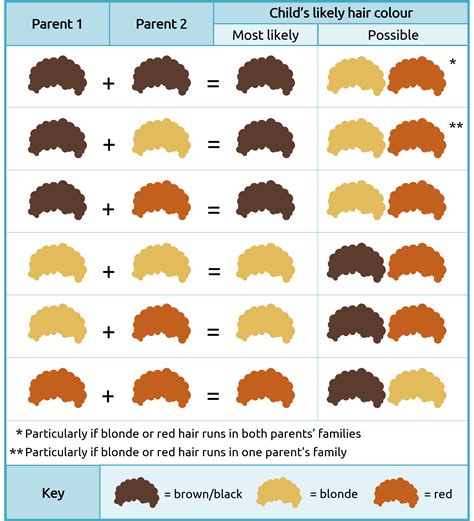Human hair color is one of the most diverse and fascinating features of our species. It comes in a wide range of shades, from the darkest black to the lightest blonde, and everything in between. The color of our hair is determined by the amount of melanin, a pigment, in our hair follicles. People with more melanin have darker hair, while people with less melanin have lighter hair.

The distribution of hair color varies widely around the world. According to the World Health Organization, the most common hair color is black, which is found in about 75% of the world’s population. Brown hair is the second most common color, found in about 18% of the population. Blonde hair is the third most common color, found in about 4% of the population. Red hair is the rarest hair color, found in only about 1% of the population.
Hair color is a polygenic trait, meaning that it is controlled by several different genes. These genes interact with each other and with environmental factors to determine the final color of our hair.
One of the most important genes that determines hair color is the melanocortin-1 receptor (MC1R) gene. This gene codes for a protein that is involved in the production of melanin. People with a mutation in the MC1R gene have less melanin in their hair, which results in lighter hair color.
The evolution of human hair color is a complex and fascinating process. It is believed that the first humans had dark hair, and that lighter hair colors evolved later.
One possible explanation for the evolution of lighter hair colors is that it provided a selective advantage in certain environments. For example, lighter hair may have helped people to stay cool in hot climates or to camouflage themselves in snowy environments.
Hair color is an important part of our identity. It can be a source of pride or a source of discrimination. In some cultures, certain hair colors are associated with certain ethnic groups or social classes. For example, in many African cultures, dark hair is associated with beauty and strength, while in some Asian cultures, light hair is associated with wealth and status.
Hair color can also be an indicator of health. For example, some people with thyroid problems may have lighter hair than usual. Certain medications can also cause hair color to change.
The future of hair color is uncertain. With advances in genetic engineering, it may one day be possible to change our hair color as easily as we change our clothes. However, it is also possible that hair color will continue to evolve naturally, as it has for thousands of years.
| Region | Black Hair | Brown Hair | Blonde Hair | Red Hair |
|---|---|---|---|---|
| Africa | 95% | 5% | 1% | 0% |
| Asia | 80% | 20% | 1% | 0% |
| Europe | 70% | 25% | 5% | 1% |
| North America | 75% | 20% | 5% | 1% |
| South America | 80% | 15% | 5% | 0% |
| Oceania | 90% | 10% | 1% | 0% |
| Gene | Function |
|---|---|
| MC1R | Codes for a protein that is involved in the production of melanin |
| TYR | Codes for an enzyme that is involved in the production of melanin |
| OCA2 | Codes for a protein that is involved in the transport of melanin |
| SLC24A5 | Codes for a protein that is involved in the storage of melanin |
| Hair Color | Associated Health Conditions |
|---|---|
| Black | Thyroid problems |
| Brown | Melanoma |
| Blonde | Albinism |
| Red | Vitiligo |
| Treatment | Pros | Cons |
|---|---|---|
| Hair Dye | Can change hair color dramatically | Can damage hair |
| Bleach | Can lighten hair color | Can cause hair breakage |
| Highlights | Can add depth and dimension to hair color | Can be expensive |
| Lowlights | Can darken hair color | Can be difficult to remove |
